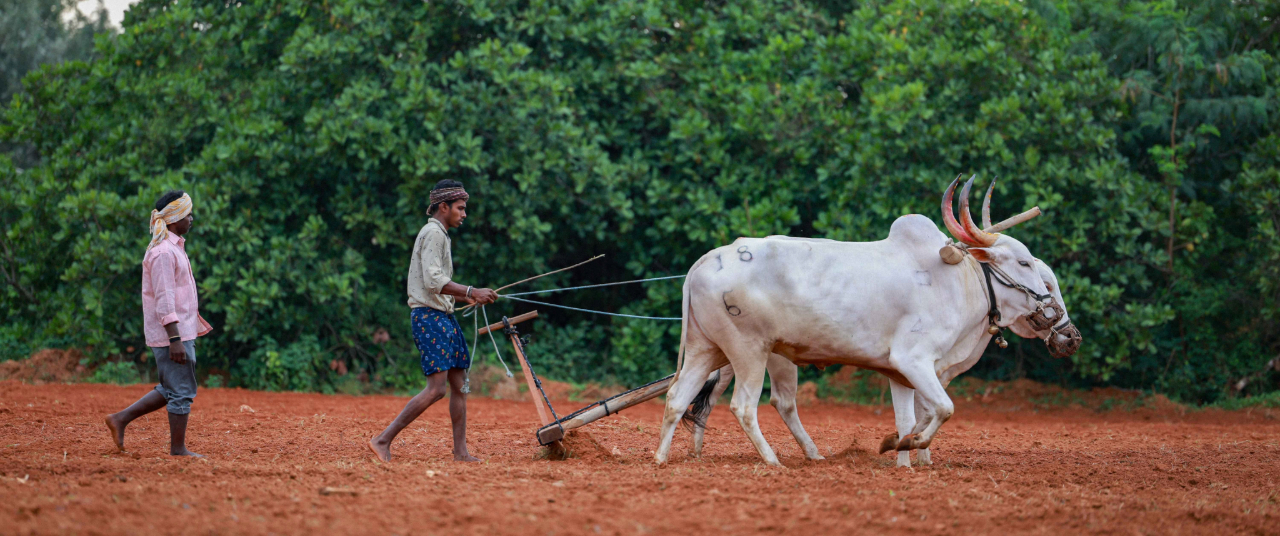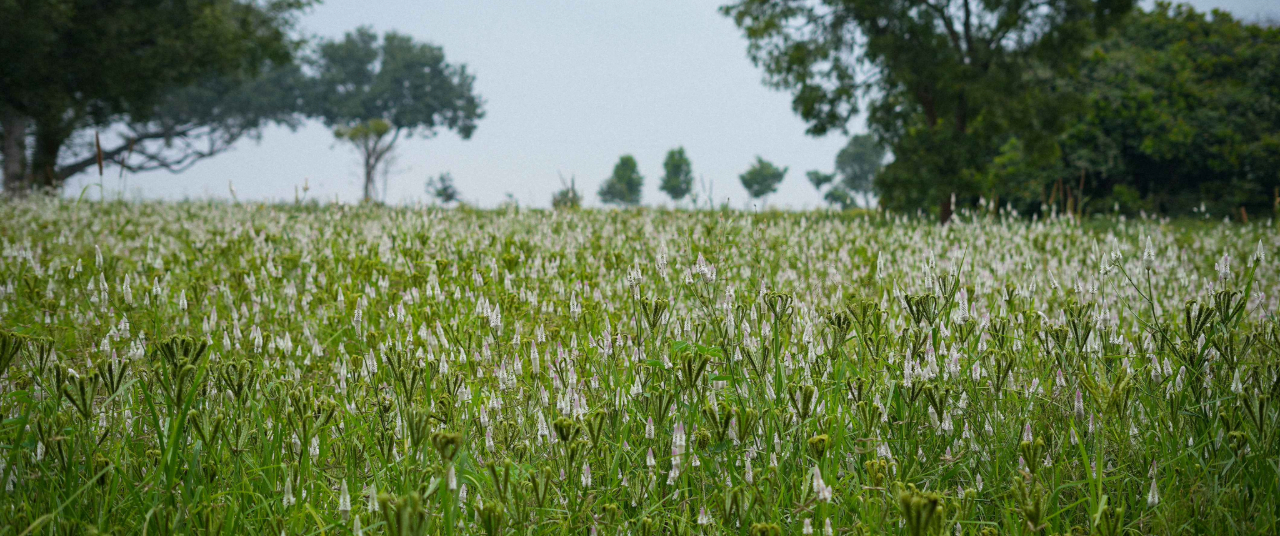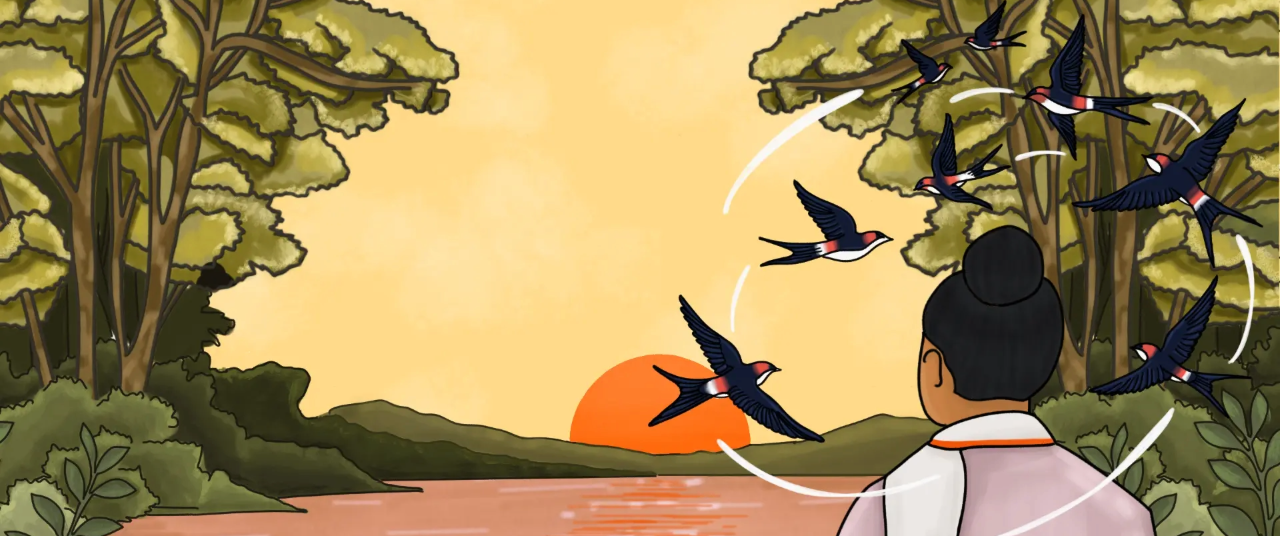This agricultural visionary has registered 116 varieties, which are now recognised as part of the country’s rare plant genome heritage






Mangoes that taste like apple and sweet lime, mangoes curved like the crescent of a banana, or scented like cumin seeds—these varieties of the fruit would have been part of folklore if not for the conservation efforts of Syed Ghani Khan. His family farm, Bada Bagh, spans across 15 acres of land in the Kirugavalu village of Mandya district in Karnataka. “Our village was part of Tipu Sultan’s stronghold,” he says. A small watch tower was set up here by the mighty ruler of Mysore in the late 18th century to observe British forces marching towards Srirangapatna—Tipu’s capital.
“One of my ancestors served in the army of Tipu Sultan, who donated orchards to his soldiers at Kirugavalu to grow different varieties of mangoes. This 5 km radius was full of mango orchards,” Khan says. Legend has it that when the regiment disbanded, the Sultan distributed the land among his soldiers, asking them to continue caring for the mango orchards. When Khan inherited the farm, there were about 130-135 rare varieties of the fruit; the larger village was known for housing nearly 300-400 exotic varieties. “My grandmother used to tell us that during her time they needed a mashaal [traditional torch] to enter the orchard because it was so dense,” Khan says. Today, 116 varieties continue to survive in Bada Bagh.
Also read: No monkeying around on this kiwi farm
Golden treasure
Khan’s earliest memories of getting his hands dirty in the soil date back to his schooldays, when he would help plant vegetables for his family’s kitchen. After completing his higher education, he returned to their traditional occupation of growing rice. Despite the region being rich in rare species of mango, the construction of the Krishnasagar Dam on the Cauvery River in 1931 saw many farmers shift their focus towards paddy. Many mango trees were felled to make space for the burgeoning rice fields, and then to fuel brick kilns to build more houses in the region. Over the last two decades, several water-intensive crops have expanded their acreage in the Mandya district, including rice, sugarcane, and arecanut. Except for Khan’s lush mango orchard, most of Kirugavalu is another faceless village in the Mandya district, largely homogeneous in its cultivation of paddy.
Khan’s family, however, was determined to carry its lineage of mangoes forward. “My grandmother, who had inherited this piece of land,” says Khan, “wanted to save these trees, each of which is a different variety.” Most of them are 100-200 years old, he adds. His grandmother was particularly fond of the Amini tree. “When the trees would fruit, she would never sell them—instead, she would distribute them among friends and family.” Such was her deep affinity for the tree that it soon fell of its own volition after she passed away, Khan says.
Ghani worked tirelessly, and after two years succeeded in getting 116 of his varieties registered as ‘indigenously collected plant material’ (or plants or seeds gathered from local and native habitats), recognised as part of the country’s rare genome heritage.
When he initially took over the farm, he wasn’t well-versed in how to take care of or conserve these rare species. His initial attempts to seek guidance from the local Krishi Vigyan Kendra and agricultural universities led nowhere. It was only in 2006, after connecting with Sahaja Samruddha, an organic farmer’s association in Mysuru, Karnataka, that his journey began gaining momentum. Through the group, he met agricultural scientist and writer Devinder Sharma, who advised him to formally register his varieties with the National Bureau of Plant Genetic Resources. Ghani worked tirelessly, and after two years succeeded in getting 116 of his varieties registered as ‘indigenously collected plant material’ (or plants or seeds gathered from local and native habitats), recognised as part of the country’s rare genome heritage.
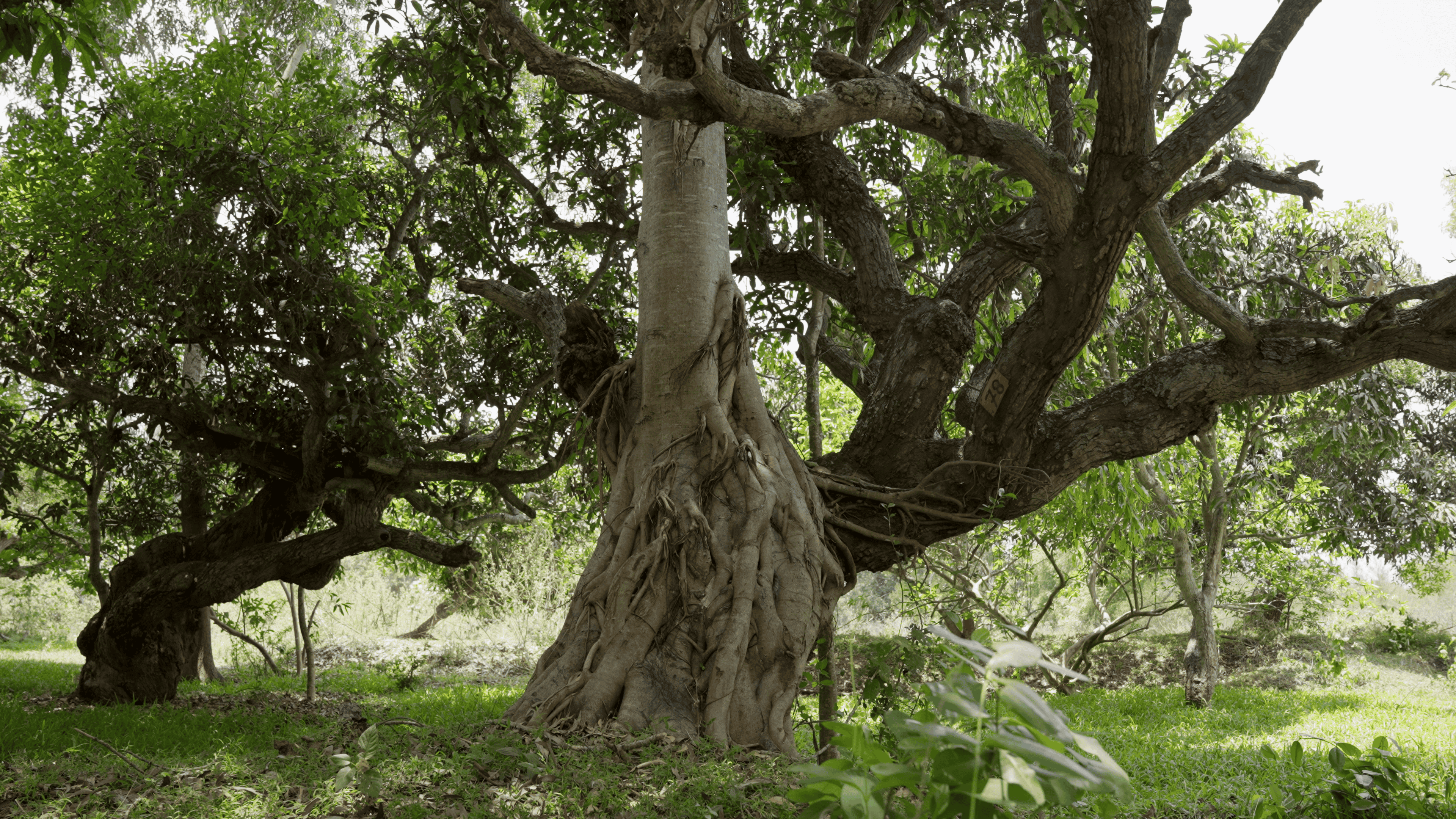
Though the local names of many of the mangoes were lost with Khan’s grandmother, he remembers a few; ‘mosambi ka aam’ and ‘seb ka aam,’ for example. When the ‘kauva pasand’ variety ripens, crows flock to the trees – lending the fruit its name (kauva meaning crow). His own favourite is ‘manjhe bi pasand’, the mango that shrinks with time. “It is exceedingly sweet and has a shelf life of 15-20 days after it is fully ripe,” says Khan.
Also read: In the battle of Alphonso versus Kesar, climate change plays dirty
Conserving what is one’s own
Syed Ghani Khan officially took over his family’s land in 1994. One day, he felt uneasy while tending to the crops in his field. The fumes from the pesticides he was spraying began to make him dizzy. “That’s when I thought: what am I doing? If I can feel this way, then surely I’m poisoning the people who eat the paddy after I spray such pesticides on it. I should stop this,” he says. Since that turning point in 1999, Khan has switched to organic farming, slowly converting his land, gunta by gunta, over the course of five years.

Khan plants mango trees in different combinations—with wild fig, banyan and neem, to name a few. These trees are separated by paddy fields. The manure mixed in the paddy soil, and which eventually reaches the roots of the mango trees, is all the ‘external nourishment’ that they receive. Dry mango leaves litter the ground under the canopy—and Khan leaves this land unploughed, so that they naturally turn into biomass over a period of time. The farmer is encouraging his orchards to turn towards nature and grow into a forest with minimal human intervention. Many birds and animals visit and picnic in Bada Bagh, including deer, rabbits, Indian brown hornbills, and peacocks. “My aim is to nurture all kinds of biodiversity in my fields,” he says. He has been able to market his mangoes in other cities, such as Bengaluru, with the help of Sahaja Samruddha. His produce has been an instant hit. “One variety, farha, which matches the alphonso in taste and pulp quality, is especially popular.” Khan has also installed a solar dryer on his farm and makes homegrown products, such as mango candies and aamchur powder.
The farmer is encouraging his orchards to turn towards nature and grow into a forest with minimal human intervention.

Apart from these mangoes being valuable inheritance, containing DNA that might help track other varieties that used to be grown in the region centuries ago, they are also much more climate-resilient. The Cauvery, which flows through the southern Indian states of Kerala, Karnataka, Tamil Nadu, and the Union territory of Puducherry, has been a source of persistent water conflict, with its roots in the pre-Independence era. The conflict around how much water should be allocated per state has grown even more heated in the last decade, where rains have played truant, leading to crop failure and unemployment woes. The cultivation of water-intensive crops across both Tamil Nadu and Karnataka, like in Mandya, has only exacerbated the crisis. Over the years, judicial and quasi-judicial bodies have tried—and failed—to resolve the dispute. Despite these interventions, a lasting settlement remains elusive, as both states continue to assert their claims to what they see as their rightful share of the river’s waters. Given this reality, many farmers are considering pivoting to other horticultural crops, such as grapes, which can thrive in the nutrient-rich, black alluvial soil of Karnataka. In this sense, Syed Ghani Khan is a visionary who has been nurturing his orchards long before tragedy struck.
Also read: At this mango 'museum' in Gujarat, 300+ varieties thrive
A stitch in time
Khan is a pioneering agriculturist in many ways. While conserving mangoes, he has also had a remarkable journey with rice, setting Bada Bagh apart from the other, more conventional paddy farms in the region. When Khan took over from his father to continue their core traditional occupation of rice cultivation, he realised that hybrid varieties, though promising high yields, demanded heavy inputs of chemicals, fertilisers, and water. The costs rose even as yields dwindled, and farmers like him were left vulnerable. Remembering his grandmother’s advice about natural farming and the use of cow dung, he turned to desi paddy, starting with just 40 grains of a traditional variety. That modest harvest set him on a new path: away from chemicals and towards the preservation of heirloom rice. Khan was worried that indigenous paddy was disappearing from India’s fields. He began collecting seeds wherever he could, bartering with farmers across states and slowly building a seed bank of countless rice varieties.
Khan offers saplings of his traditional varieties of mango to farmers and helps them understand how they can be grown and conserved.
Today, Khan has conserved more than 700 traditional varieties of rice, each with its own story, taste, and sometimes, medicinal properties. For example, a variety called ‘Navara’ helps with arthritis and joint pain, and ‘Mahadi’, when ingested, can treat fractures in cattle. Housed in his seed bank and rice museum at Bada Bagh, these grains are carefully catalogued with details of their origin, use, and cultural significance. For Khan, the mission is not commercial but cultural—he sells seeds for a nominal price to those willing to grow them organically. His seed bank is both a living archive and a safeguard against loss, ensuring that future generations inherit not just rice to eat, but also an ancestral food heritage.
Many curious visitors—including farmers, students and teachers visit Bada Bagh and his rice museum. Khan offers saplings of his traditional varieties of mango to farmers and helps them understand how they can be grown and conserved. Syed Ghani Khan believes that human beings must coexist with and care for nature in harmony. Exchanges in the natural world are not transactional—rather, they are a process of navigating how we can inhabit different places in the ecosystem.
{{quiz}}
Explore other topics
References

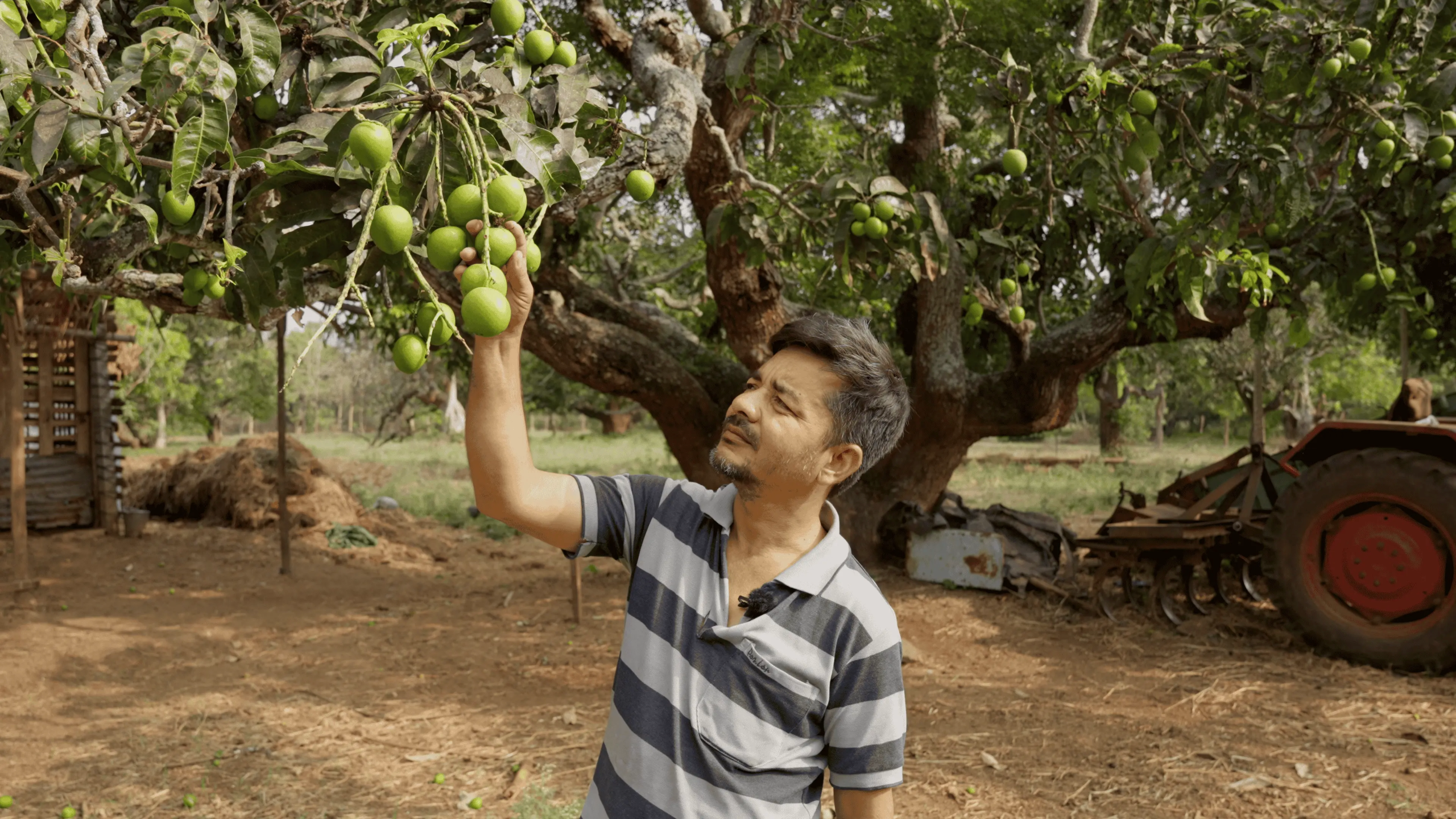
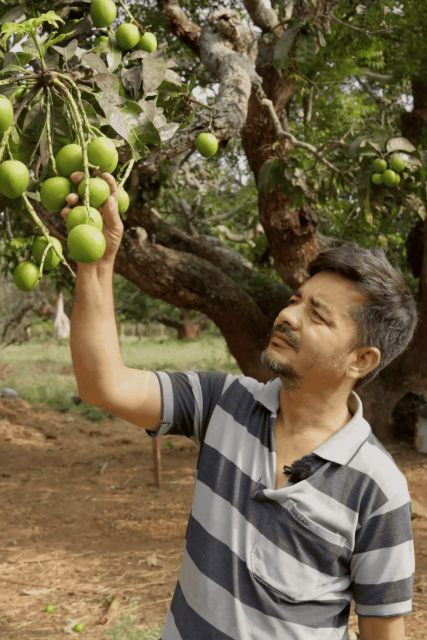

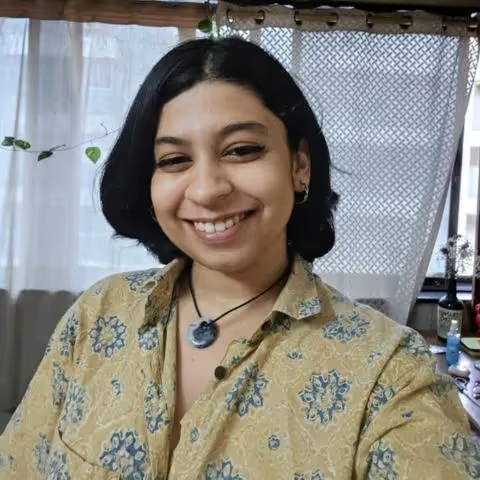

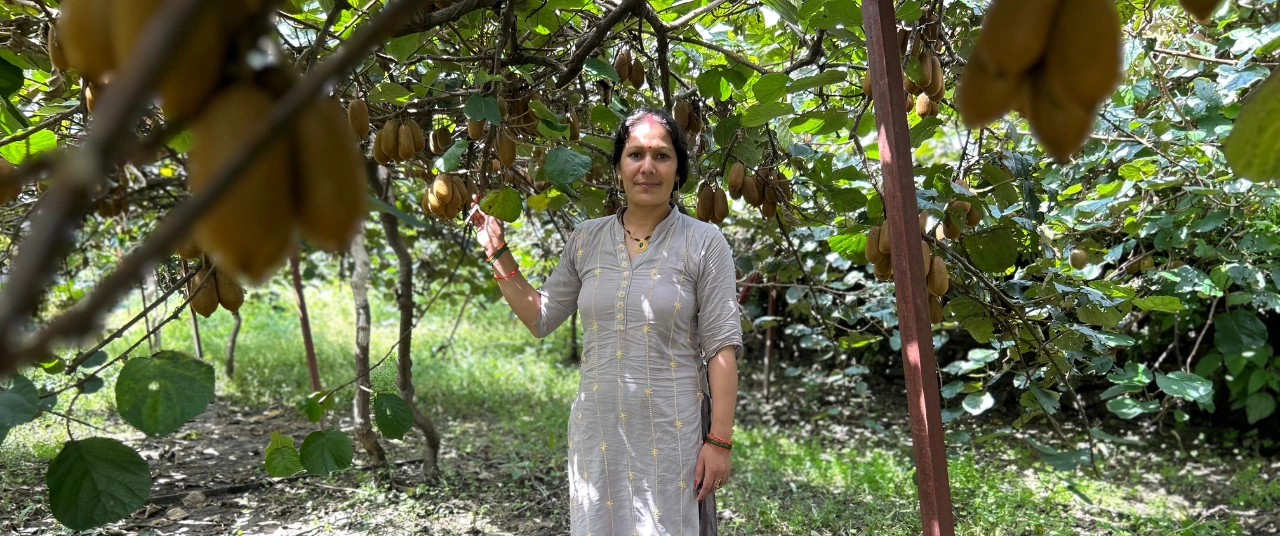
.png)
